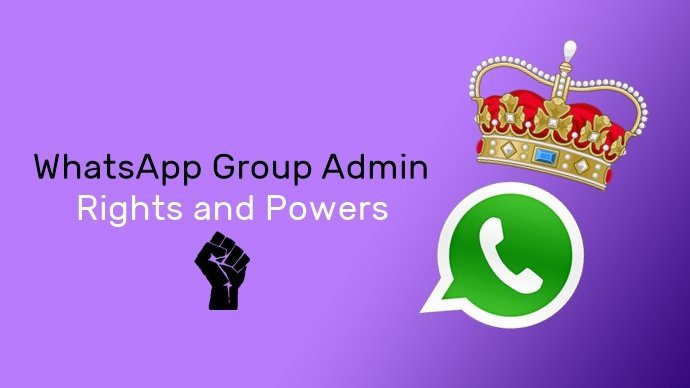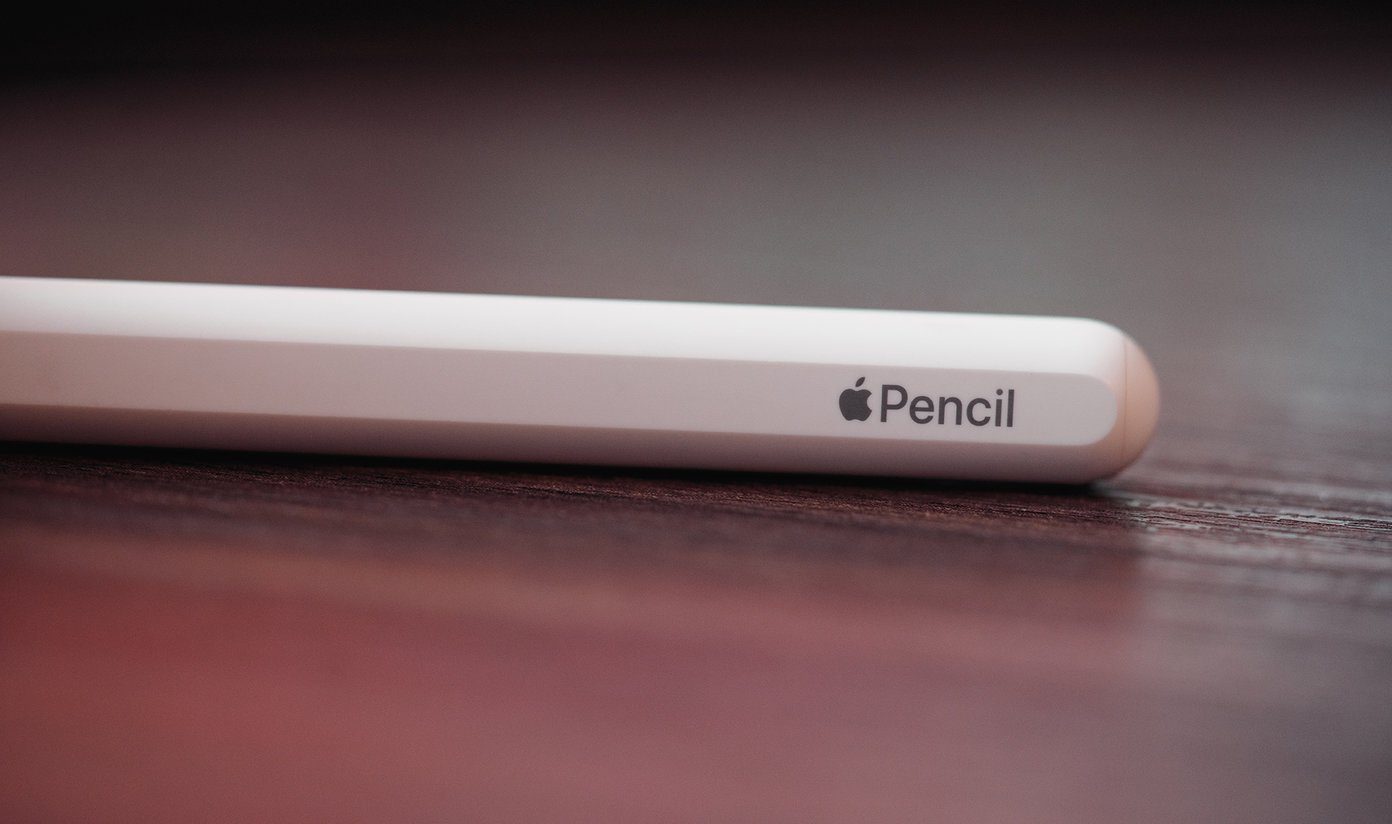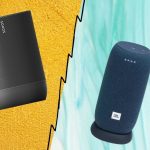However, one thing that was missing on these portable browsers was Flash player plugin and due to lack of admin rights the installer failed in the middle of the process. I tried installing the plugin on a computer where I had administrative rights and later on use the same portable version on a public computer, but it didn’t work out as I expected it to. So here’s an alternative method I found that works most of the times. Note: The flash files we will be using for the trick will not be downloaded from an official source and therefore I take no responsibility for any security or privacy issues related to the file. I am just showing you the way things are done. It completely depends on you whether you choose to take up the trick.
Getting Flash Plug-in Without Admin Rights
To start with, download the Flash Player 11.5 files for portable browsers and extract the files on your computer. You might have to change the file extension to ZIP before you can extract the contents. If you don’t see the extension of the file, Windows 8 users can open the View ribbon menu and check the option File name extension. Windows 7 users will have to click on View—>Folder Option and uncheck the option to hide file extension for known file types and save the settings. Having done that, you can rename the file to one with a .zip extension and extract it to a folder in the computer. The archive contains two DLL files for both 32-bit and 64-bit architecture of Windows. If you are not sure about the architecture of Windows that you are using, you can have a look at our article on getting back Windows 7 Task Manager in Windows 8 where we have shown it in step 2. After you have extracted the files it’s time to copy them to the specific folders in the browser. You don’t need to copy all the files that are contained in the archive. Just copy the DLL file that’s relevant to your computer architecture and the Flashplayer.xpt file to these destinations. The executable file is the normal flash installer that needs administrative rights for installation.
Firefox Portable: Data\pluginsOpera Portable: Program\pluginsChrome Portable: Chrome\plugins
Note: Please make sure you close all the instances of the browser that are running on the computer before you copy these files. After you have copied the files launch the browser and open the YouTube homepage to see if you can play the videos. You might see that the browser will continue to show banner to install Flash, but once you click on the video control, it should start playing.
Conclusion
If you notice that your browser is freezing after copying the plugin files, there might be some problem with the DLL file. Make sure you have copied the correct architecture file and try again. Best of luck! The above article may contain affiliate links which help support Guiding Tech. However, it does not affect our editorial integrity. The content remains unbiased and authentic.










